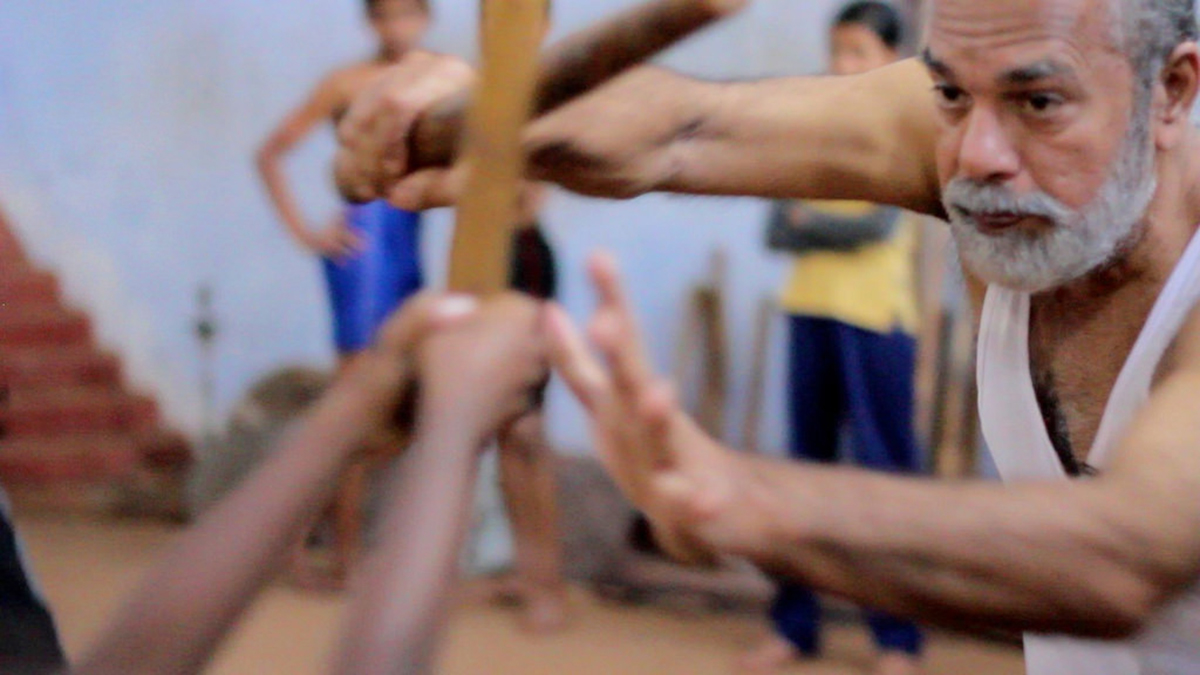Table of Contents
There are a great many Indian clubs exercises, but the most basic ones are simple to learn and easy to perform.It's keeing up with them for half an hour that's tough! Done for just a few minutes a day, Indian clubs can offer real mobility benefits.
The Swing
Swings with the clubs typically start at the shoulder. rather than the kettlebell swing that movre the whole body, with the arms merely being used to acnhor the bell, your clubs will swing from your shoulder with only minimal fexion from your body. Bou the shoulders aren't 'doing the work.' Instead, the contraction of your abdominal wall and a slight forward-back movement form your hips actually droives the movement. To perform them, let the clubs hang loosely in your hands at your side and simply swing the clubs.Let the weight do the work and don't try to move fast,and allow your shoulder girdle to move freely.

The Clean (Sometimes The "Shoulder-Up")
To clean your clubs, simply pull the handle in toward you as you approach the apex of your swing, then drop your hand under the weighted end of the club. You should end the movement with the club erect, in front of you, with your arm bent at 90° and your elbow touching or almost touching your ribs.
The Cast
Casts are a crucial part of the reason why Indian clubs are so effective. Remembering to lead with the head of the club and let the weight do the work, let the club "fall" over your shoulder and raise your elbow to follow it until the club appears under your arm next to your ribs and your elbow is fully raised. This will stretch your tricep and shoulder slightly. Allow the muscle to "bounce" gently and use that reaction to draw the club back to the starting position.
The Shield Cast
Shield casts add a circular element to casts. Perform a cast as above. When your elbow is fully raised, your right hand wil be next to your right ear. Simply move your right hand over to your left ear behind your head, then draw it back to the starting position.
Reverse Shield Cast
From the rack position, leading with the tip of the club and letting the weigth lead the way, put the club over your opposite shoulder. Move your arm over your head and draw the club back over your sam-side shoulder and into the rack position once again.
Mills
Mills areperformed by holding the clubs at arms' length and swinging themin circles. There are several variations, using syncopation, twirls and reverals to create complex rhythmical routines. Whether you're doing simplel alternate arm mills or something more complex, the rules are the same: swing slow and gentle, without jerking or stopping, and don't swing into a range of motion your shoulder doesn't like. It's about grace and skill, not speed and power.
READ Debunking The American Swing
If you like what you've read, have any questions, or want to pick me up on something, please get in touch in the comments below!
- Photo courtesy of petar_jurina via Flickr: www.flickr.com/photos/petar_jurina/7385265822
- Photo courtesy of OXLAEY.com via Flickr: www.flickr.com/photos/oxlaey/15940239326


Your thoughts on this